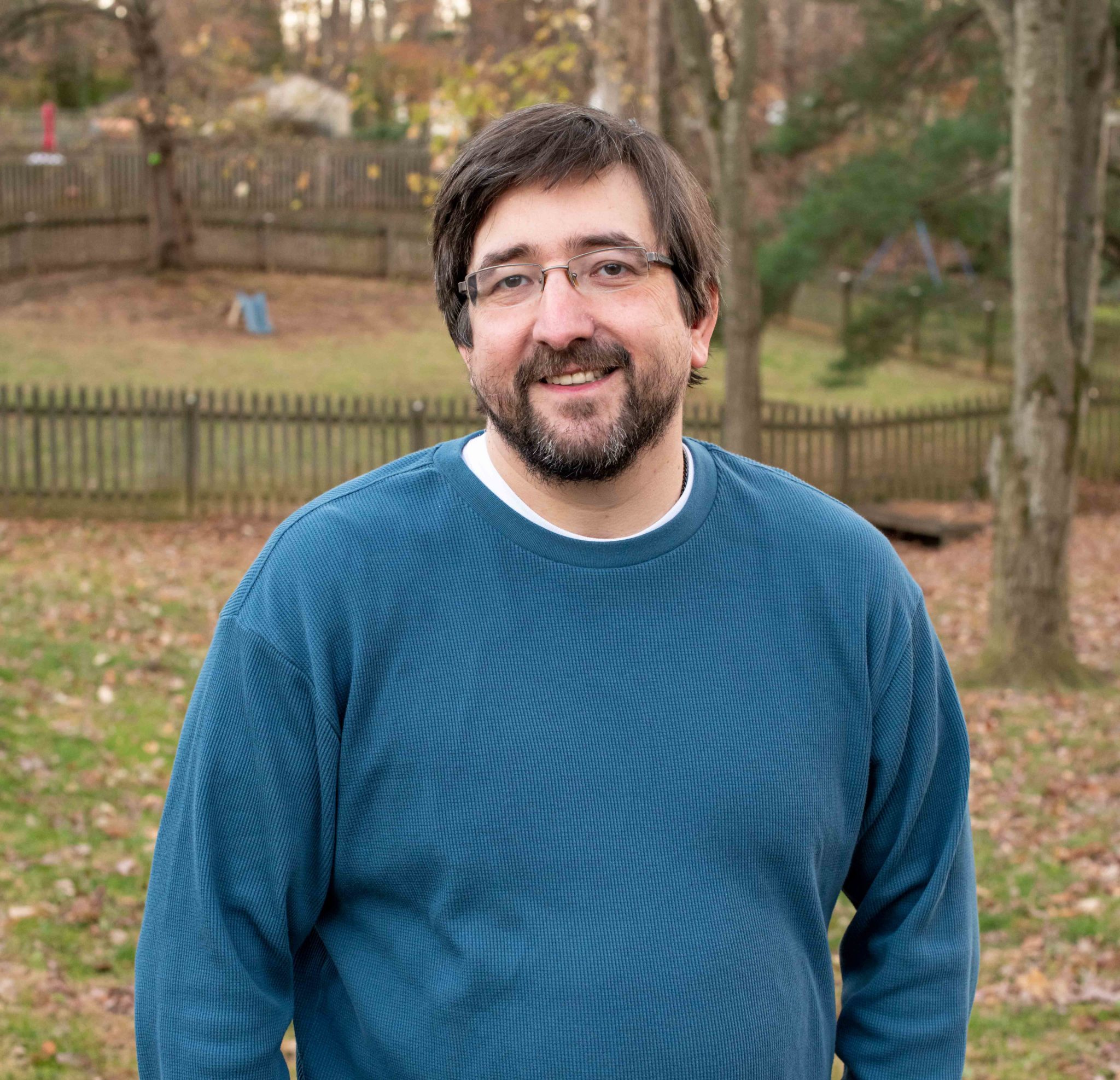Northern Virginia Veteran and Father Desperately Needs a Living Kidney Donor
Haupt said that his insurance should cover all costs. And even if your kidney is not a match for Haupt (his blood type is O), a donation could still result in him receiving a kidney.

NORTHERN VIRGINIA – According to the National Kidney Foundation, 100,000 people are currently waiting for a kidney transplant. Springfield resident Rob Haupt is all too familiar with that statistic. He’s hoping that someone who reads this story, or hears about his situation, will consider becoming a living kidney donor. Because his life could depend on it.
Haupt, 41, was diagnosed with Polycystic Kidney Disease in his early 20s. His mother, aunt, cousins, and sister have all received a PKD diagnosis. The inherited disorder results in clusters of cysts developing primarily within the kidneys, causing the kidneys to enlarge and lose function over time.
After his initial diagnosis, Haupt closely monitored his blood pressure, watched his weight, and exercised regularly. And he continued living his life. Three days after graduating from Herndon High School in 2000, he headed to Paris Island, having joined the Marines while he was still a high-school student. After 9/11, he was deployed to Iraq. Once his active-duty tour ended in 2004, he served another four years as a reservist.
Haupt then went to college on the G.I. Bill, graduating from the University of Maryland University College with a Bachelor of Computer Science. Today he’s a Senior Consultant with Microsoft, assisting government customers.
More recently, however, the effects of the PKD on Haupt have accelerated. Although he’s changed to a plant-based diet, aggressively monitors his blood pressure, and is vigilant about his fluid intake, he suffers from fatigue so extreme that unloading groceries leaves him winded. The poor kidney function results in poor circulation, meaning Haupt feels cold on even the hottest day. Because his kidneys can’t process fluids quickly enough, they pool in his body, resulting in swollen calves and fluid on his lungs. He has difficulty sleeping and endures frequent hospital visits for checkups, tests, and medications.
And if Haupt doesn’t soon receive a kidney, he is likely headed for dialysis. Which is why he’s now going public about his need for a living kidney donor. “We’re optimistic that we can find a donor,” Haupt said. “A living donor is significantly better in terms of health outcomes than a deceased.”
According to the National Kidney Foundation, nearly six thousand people received a living-donor kidney in 2021. Living donation takes place when a living person donates an organ (or part of an organ) for transplantation to another person. The living donor can be a family member, such as a parent, child, brother, or sister. But living donation can also come from someone who doesn’t have an emotional relationship with the recipient, such as a friend of a friend, coworker, fellow member at their place of worship, neighbor, or someone that hears through social media.
Because many of Haupt’s family members also have PKD, they are not viable donors. And while Haupt’s wife, Sarah, offered to donate one of her kidneys, it was too small. So Haupt is hoping that one of you will become a donor. He’s hoping one of you will be his Abie Rohrig.
In 2017, when he was just 17, Rohrig decided to become a living donor, after reading an article about a Vox reporter who donated his kidney to a stranger. “I found it extremely moving and inspiring,” Rohrig said. “I didn’t know before that article that you could donate a kidney to a stranger, and I didn’t know that the risks were so low.” Two years later, after his freshman year at college, Rohrig donated a kidney. The recipient of Rohrig’s kidney turned out to be another college student; he met Rohrig for the first time when the two were profiled on Good Morning America.
For Haupt, a living donor is his best chance of avoiding dialysis and returning to a life where he is present for his wife, his three teenage sons, his employer, and his friends. His doctors predict that he is years away from potentially getting a kidney from a deceased person. And statistics show that living donations result in a better outcome for the recipient, likely because some deceased donor kidneys do not function immediately, thus requiring dialysis until the kidney starts to function. Where the donor is live, the kidney usually functions immediately, because it is out of the body for a very short time.
While a living kidney donation requires a psychological evaluation and extensive medical tests, Haupt said that his insurance should cover all costs. And even if your kidney is not a match for Haupt (his blood type is O), a donation could still result in him receiving a kidney. “What’s great about the National Kidney Registry is that they have a paired exchange program,” Haupt said. “They create these chains of kidney donations where one person donates to someone, and their donor then donates to somebody else, and it goes on and on. It’s amazing because these are all brought about by one person donating.”
Haupt is optimistic that this article will have a positive impact. “If somebody who reads this feels like they want to get tested, that’s amazing. If they can tell other people about it, that’s great as well. I think that anyone willing to go through with this, or even contemplate it, that’s wonderful.” Now Haupt just needs someone to read this article and be motivated to donate. Will it be you?
If you want to learn more about Haupt, his page on the National Kidney Registry is here.
TRENDING: 100 Years: Alexandria Celebrates George Washington Masonic Memorial




